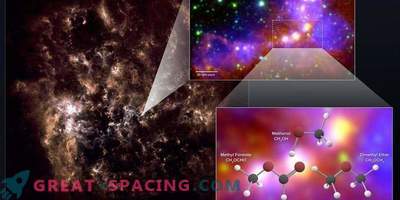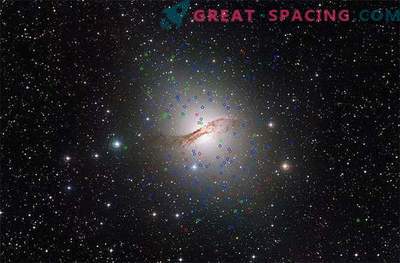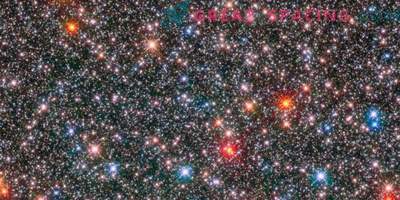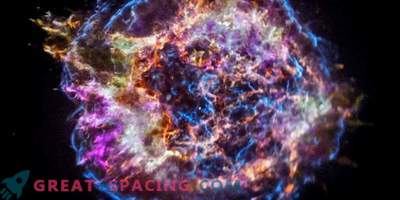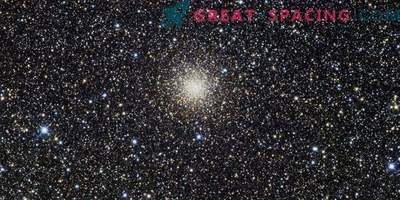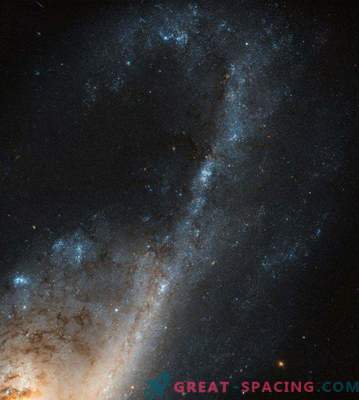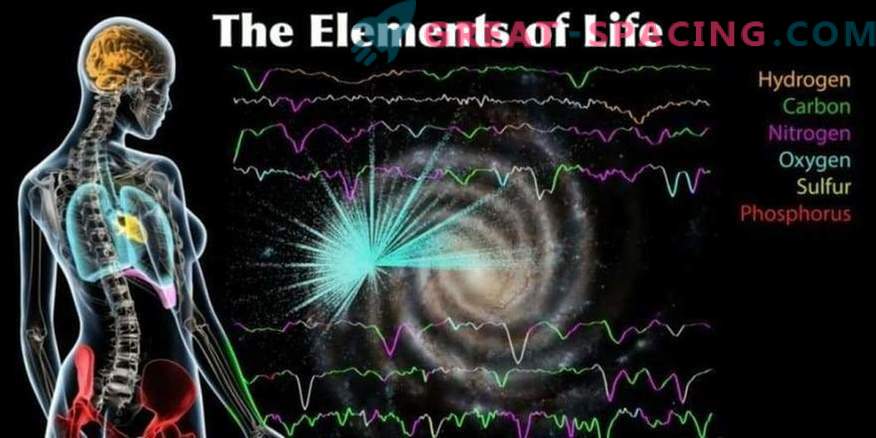
Sloan's Digital Celestial Review (SDSS) mapped the chemical composition of stars, expanding on where the chemicals are needed for life to come.
New research shows that such elements are more concentrated in the inner part of the galaxy than in the outer one. This finding helps to better understand galactic history and evolution, and their possible influence on the prospects for the formation of life.
“It is interesting that the elements of the inner galaxy are highly enriched. This means that they had billions of years more time to possibly develop life. The problem is that we operate with only one version of the origin of life, ”said Sten Hasselquist, a graduate student at the State University of New Mexico.
“The more time, the more interesting,” he added.
The results presented at the meeting of the American astronomical community in Grapevine (Texas) last week are based on infrared observation of more than 150,000 stars.
The map shows the stars in the inner part of the galaxy. They have higher concentrations of the six elements found in every living object — carbon, hydrogen, nitrogen, oxygen, phosphorus, and sulfur. Their common name is CHNOPS.
“It's incredible, because now we can match the abundance of all the basic elements found in the human body with hundreds of thousands of stars,” said astronomer Jennifer Johnson of Ohio State University. “This allows us to put restrictions on where and when life in the galaxy had the necessary elements for development. This is a kind of temporary galactic habitable zone. ” Astronomers believe that all elements (with the exception of hydrogen and helium) were synthesized inside stars with different elements formed inside other stars at different time scales.
“We can use this information to unravel the chemical history of the evolution of a given stellar population,” said astronomer John Holtzman from New Mexico.
The SDSS, in its 17th year of life, tracked 35% of the sky and collected data on more than 4 million astronomical objects. Although it is known for its beautiful images, since 2008 SDSS has become not only optical, but also fully spectroscopic (collecting data on the brightness of light at different wavelengths).
A modern stellar chemistry measurement tool uses the APOGEE spectrograph, which captures infrared radiation. The Apache Point Observatory Galactic Evolution Experiment, a galactic evolution experiment, installed a 2.5-meter telescope in New Mexico. The second instrument is located at the Las Campanas Observatory.

